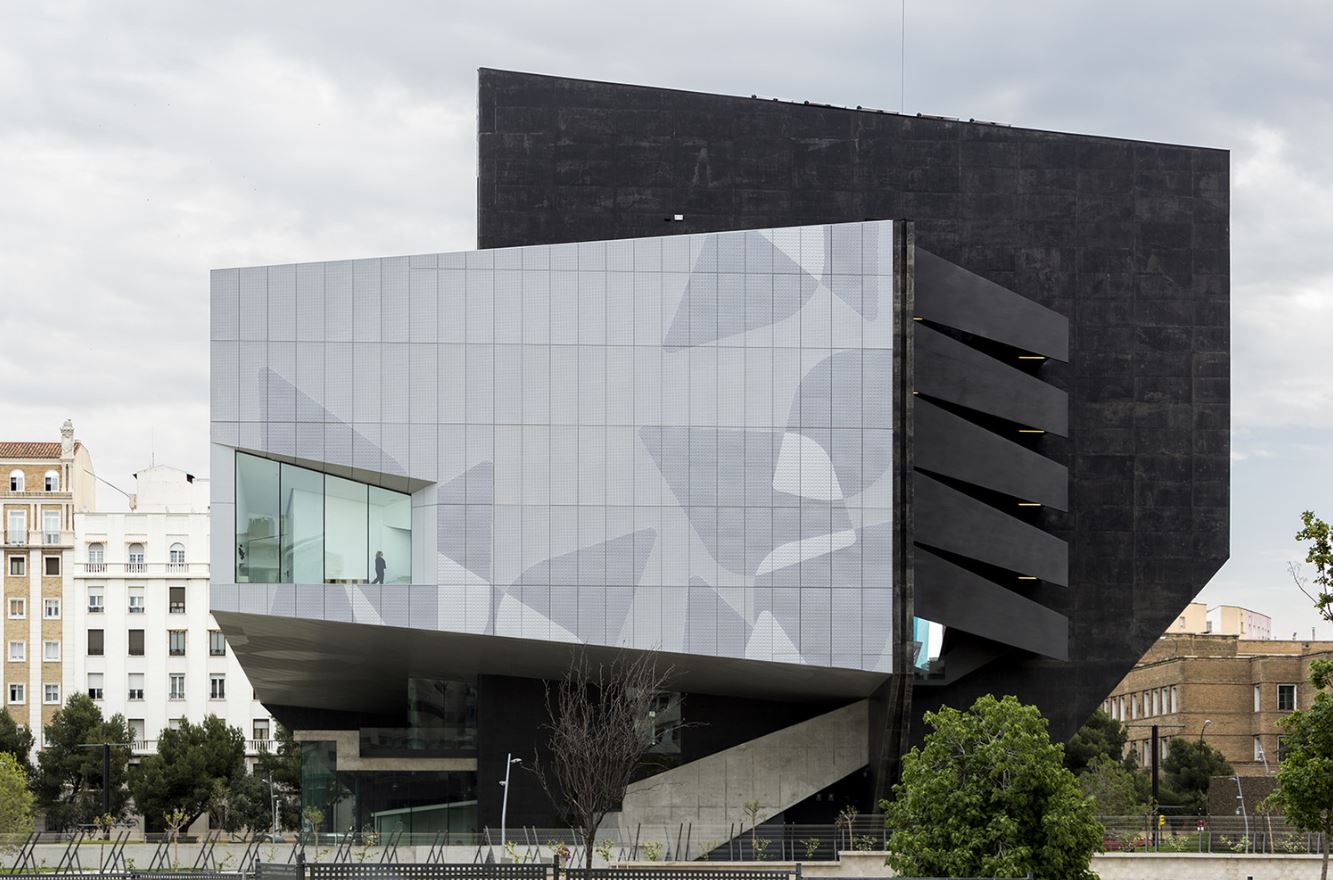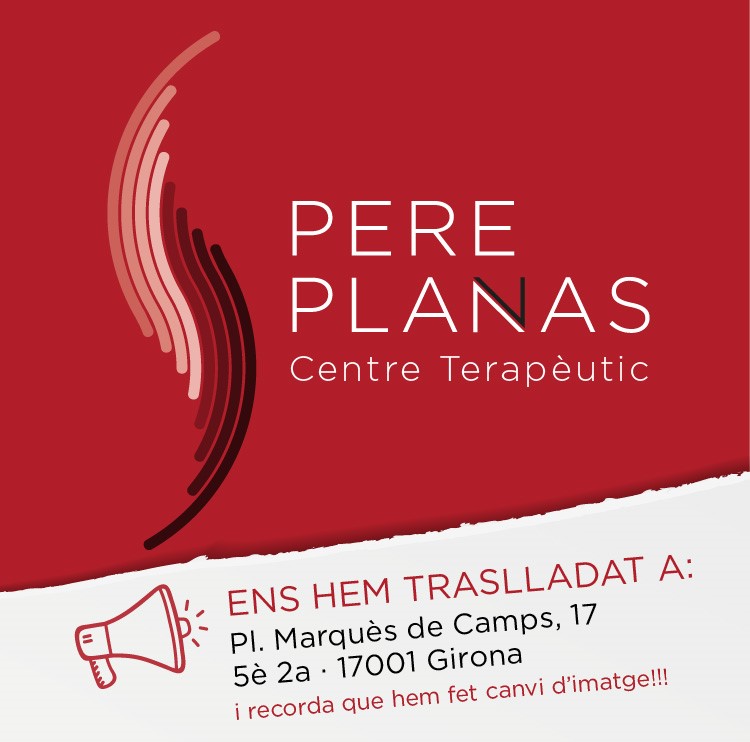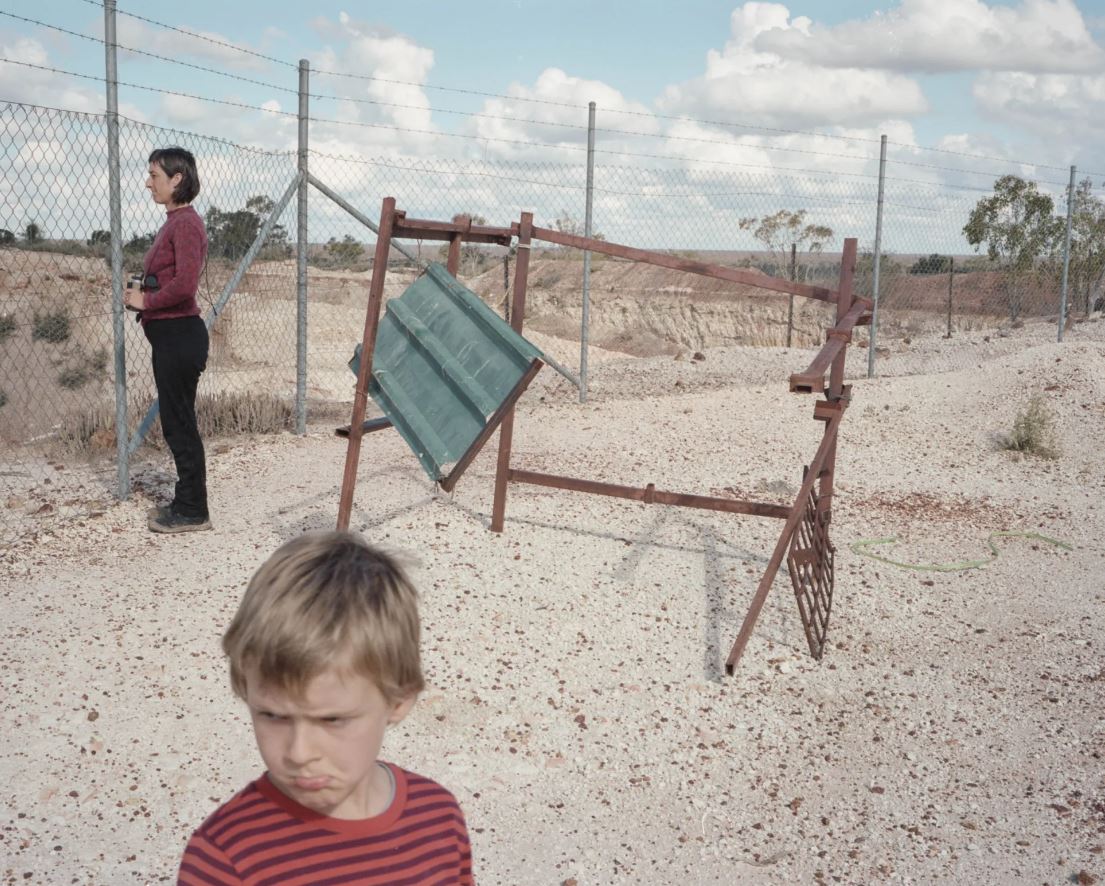Editorial
Architectural Zaragoza

Months ago I took a trip to Zaragoza for work reasons, the Goya Bicentenary events in 2028 and, of course, to visit some cultural spaces that should be revisited whenever possible. The last time I was in the capital of Aragon - with which we are united by many ties, more than those that separate us - was for an exhibition that we coordinated Bonart cultural and DKV about the good friend and photojournalist by National Geographic, Tino Soriano.
The exhibition made known a history of more than forty years of photography on the health sector in the key of an ultrahuman approach, in the foreground, without artifices. A portrait of how the protocols have been changing and until arriving at a portrait of the time of the covid pandemic, which left an entire civilization in check. The proposal has ended up circulating - and is still circulating - throughout the hospitals of Catalonia, thanks to the support of the Lluís Coromina Isern Foundation.
Let's go back to Zaragoza, a city of almost 700,000 inhabitants - a hair larger than Málaga - orderly, beautiful, with an impressive heritage potential - such as the Museo Teatre de Caesaraugusta - not glamorous, but with a power that is not well known why has it ended up swallowed up by the power of the Basque, Catalan and Madrilenian axis. It's in the middle of everywhere, central, and sometimes it's off the beaten path. The International Water Exhibition of 2008 repositioned it, but that inertia has stopped, despite the fact that it has left wonders such as the bridge-pavilion made by the prestigious architect Zaha Hadid, who died in 2016 and of the which I have visited its decanter at the Viña Tondonia cellars in La Rioja and the fire station - which the tenants had to vacate because they were dizzy due to the inclination of the forms - of Vitra in Switzerland, among others.
The first stop is CaixaFòrum, a rainy afternoon-evening, a building by Carme Pinós that is a little jewel, a glass sculpture that pivots on a single axis and that has a plasticity and organicity that show that the architect, who was the first couple of Enric Miralles—another iconic architect—has well deserved the national architecture award. The space is located in an area near the high-speed train station (TAV) and which was supposed to be a great cultural and technological hub of Zaragoza, but which has not yet blossomed. I am lucky that one of the coordinators of the center is a good friend, who was at CaixaFòrum Girona, Juan Blazquez, an educated, cultured and sensitive man who is always a pleasure to meet again.
He shows me the first-class equipment, the two exhibitions (one of them on contemporary comics—a side of art that is increasingly important—) and we end up talking about the educational proposal, which is central to the philosophy of institution Afterwards, a small visit to the old quarter, medieval wall, market and, next to this building close to the precepts of Eiffel, rediscover where there had been the first gallery of Miguel Marcos - for decades he had a gallery in Barcelona -, artist and interior designer, before gallery owner, and one of the important references in the sector.
The next day, another excursion, this time to visit the Pablo Serrano Museum - IAACC and the exhibition in tribute to José Luis Sala, artist and for many years cultural director of the Ibercaja Foundation - owner of the Casa de Jerónimo Cósida building (a incredible Renaissance space) which houses the collection of Goya's prints and which I had already visited on a previous trip. In Lasala I met him with a magnificent exhibition, paintings like watercolors that stage the ethereal of the human condition, which he had done at Castell Platja d'Aro. The exhibition was curated by the Aragonese merchant established in the coastal town, Juanjo Gallardo, who has successfully coordinated the space for years. We even made a cover of Bonart magazine; a small chromatic wonder that had in the degradation of the pigments the motive leit.
But let's continue, the Pablo Gargallo Museum, which is also the seat of the Aragonese Institute of Contemporary Art, struck my soul. And I was seduced by the game of integrating an old ship (pignatelli carpentry factory of toxana, designed by Julio Bravo and where Pablo Serrano's grandfather had worked) with a newly made architecture with concrete in a brilliant way, which withstands the time An initiative developed by the architect and also painter - José Manuel Pérez Latorre - who had a small-format exhibition of his works from the new generation of cubists. A Renaissance man who has already left his mark with this timeless building that opened in 1994.
But I was struck not only by the continent but also by the content. Especially to rediscover the resoluteness of one of the most important sculptors of the 20th century, Pablo Serrano, perhaps now overshadowed by Oteiza and Chillida or little claimed by his contemporaries. He and his important ties and contacts with Latin America and the United States. A set of works that are exhibited in exquisite ways, with poetry, with intimacy, with enough space between the works and that give you goosebumps. Irons at times geometric—in the first stage—, at times organic—in the later stages—but always sparkling. An end to the journey that was, without a doubt, perfect.
[filee7365]








